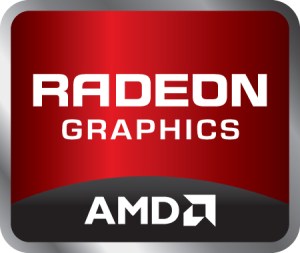
In addition to introducing its new Fusion line of processors today, chipmaker AMD has also introduced its new AMD Radeon 6000M mobile graphics line, the company’s second generation of DirectX11-capable graphics controllers for notebooks. The line spans the gamut from chips aimed at high-end gamers down to mainstream notebook, and all the chips feature AMD’s HD3D technology, EyeSpeed technology to improve gaming and video streaming performance, and, at the high end, the capability to handle up to six displays. Because, obviously, someone could be sneaking up behind you.
“One year ago AMD claimed the title of undisputed technology leader in mobile graphics performance and since then we continue to pave the way for mobile computing innovation,” said AMD GPU division corporate VP and general manager Matt Skynner, in a statement. “Through our feature-rich line of top-to-bottom next-generation notebook graphics, including AMD’s fastest performing notebook graphics processor, we’re enabling a superior visual computing experience in virtually every segment.”
The new Radeon HD 6000M series offer AMD HD3D technology to enable 3D graphic support in movies, games, and photos (given 3D-savvy apps), along with AMD EyeSpeed technology enables programmers to offload computing tasks to the parallel processing capabilities of the GPU, accelerating gaming performance and video streaming. Both technologies require specific support from developers, but could offer big performance boosts. Something developers won’t have to try to support: AMD has an exclusive deal to offer hardware acceleration for DivX video.
The Radeon HD 6000M line will be split into roughly three segments, with high-end gamers and media fiends opting for the HD 6900M and 6800M lines (which offer up to 1.3 teraFLOPS of processing power), while the HD 6700M and 6600M will cater to customers who want graphics performance but don’t want to spend the money to go all-out. Finally, the HD 6400M will aim at providing discrete graphics for mainstream notebooks. Expect OEMs to begin offering Radeon HD 6000M graphics solutions in existing and upcoming notebook platforms.



